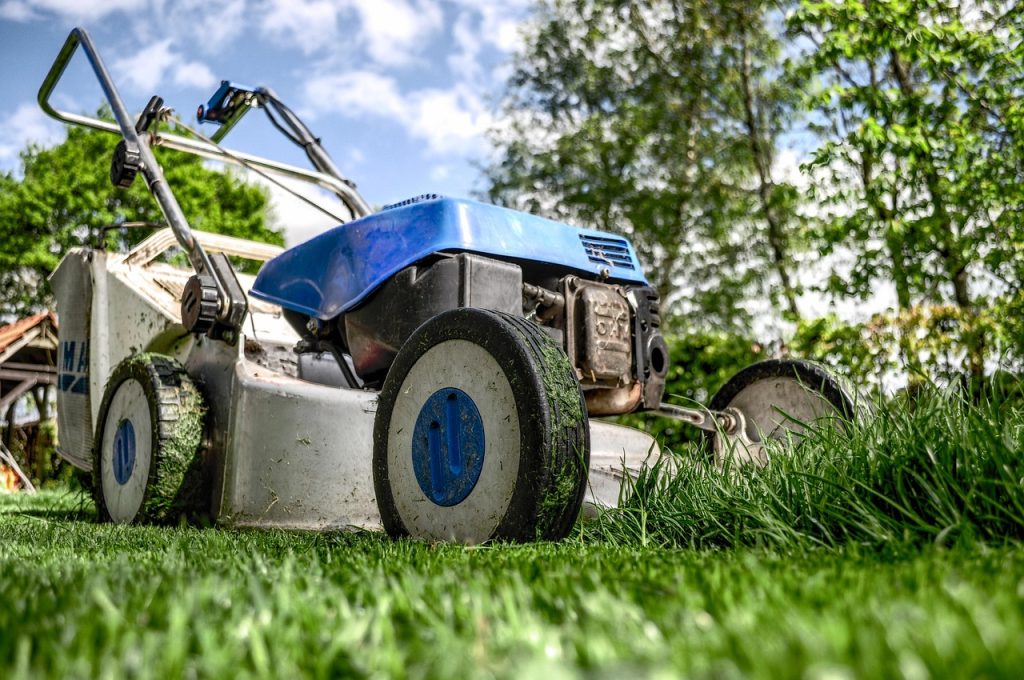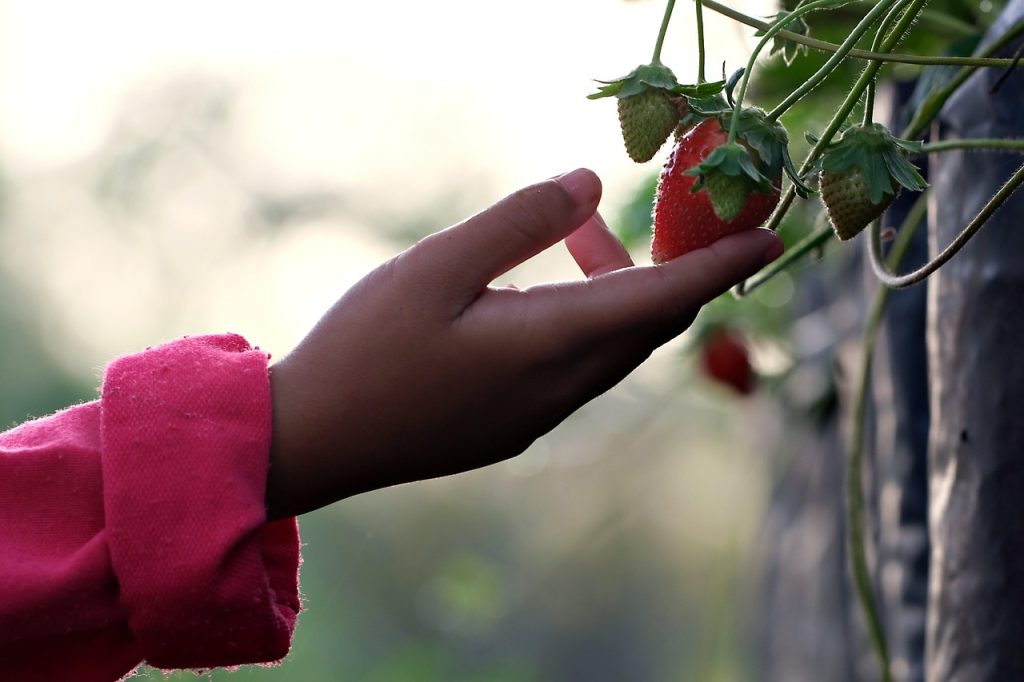There’s something undeniably enchanting about stepping into a garden. The fresh scent of soil, the symphony of colors from blooming flowers, and the serene whisper of leaves in the breeze can transform your home into a refuge from the bustling world outside. Outdoor gardening isn’t just a hobby; it’s an art that beautifies your environment, enhances your home’s curb appeal, and nurtures your soul. Whether you’re a seasoned gardener or a curious newcomer, understanding the fundamentals and embracing innovative practices can make your gardening adventure both rewarding and delightful.

The Basics of Outdoor Gardening
Before you put shovel to soil, it’s essential to understand a few key concepts that will lay the foundation for a thriving garden.
Choosing the Right Plants
The success of your garden largely depends on plant selection. Opt for native species which are more adapted to the local climate and soil conditions, thus requiring less water and fewer pesticides. Consider the specific conditions of your garden, such as light exposure, soil type, and climate zone. For instance, ferns might thrive in shady areas, while sunflowers need ample sunlight.
Understanding Soil Quality
Soil isn’t just dirt—it’s a living, breathing foundation that nourishes your plants. Testing your soil will tell you about its pH level and nutrient content, which are crucial for plant health. Enhance your soil with compost to improve its texture and fertility. Remember, healthy soil equals healthy plants.
Watering Wisely
Water is the lifeblood of your garden, but too much or too little can harm your plants. Implement a watering schedule that meets the needs of your specific plants. Early morning is generally the best time to water, as it reduces evaporation and fungal growth.
Designing Your Garden Layout
Creating a visually appealing garden involves more than just planting your favorite flowers and vegetables. It requires planning and creativity. Consider the following aspects:
Color Coordination and Textures
Plan your garden palette like you would a painting. Consider how the colors of various plants will interact. Also, mix different textures and forms to add interest and depth. For example, the fine leaves of ferns can look beautiful next to the broader leaves of hostas.
Structural Plants as Focal Points
Every garden needs a few key pieces that stand out. These could be larger plants, like a small tree or a shrub, which act as anchors for the surrounding blooms and foliage.

Seasonal Planning
Choose plants that will provide visual interest throughout the year. Spring bulbs, summer perennials, autumn foliage, and winter branches can keep your garden lively across seasons.
Maintaining Your Garden
Regular maintenance is key to a garden’s longevity and vitality. Here’s how to keep your garden in top shape:
Pruning and Deadheading
These practices not only keep your garden looking tidy but also encourage plants to produce more flowers and grow more vigorously. Learn the specific pruning needs of each plant in your garden for best results.
Pest and Disease Management
Keep an eye out for signs of pest infestations or disease. Early detection is crucial. Opt for organic solutions like neem oil or insecticidal soap to handle outbreaks without harming the environment.
Seasonal Cleanup
At the end of the growing season, clean up dead plant material, which can harbor pests and diseases. However, consider leaving some material during winter to provide shelter for wildlife and protect soil from erosion.
Advanced Techniques for the Avid Gardener
If you’re looking to elevate your gardening game, here are some techniques to consider:
Companion Planting
This method involves placing plants together that benefit each other by repelling pests, improving soil health, or providing shade. For example, planting marigolds near tomatoes can help repel certain pests.
Hydroponic Systems
For those with limited space, hydroponic systems can be a great way to grow plants using mineral nutrient solutions in water, without soil. This method is known for its efficiency and high yield.
Vertical Gardening
Utilize vertical space by growing climbing plants or installing green walls. This not only saves space but also can turn a bare wall into a stunning feature of your garden.
Conclusion
Outdoor gardening offers a fulfilling way to connect with nature while enhancing your living space. By understanding the basics, designing thoughtfully, maintaining diligently, and experimenting with advanced techniques, you can transform your outdoor area into a vibrant, flourishing garden. Whether you are crafting a serene floral retreat or a productive vegetable plot, the joys of gardening are boundless. Embrace the journey, and watch not only your garden but also your well-being grow.
Frequently Asked Questions
Beginners might find success with low-maintenance plants such as sunflowers, marigolds, zinnias, pansies, and various herbs like basil and mint. These plants are generally more forgiving and require minimal specialized care.
The frequency of watering depends on several factors including the type of plants, soil, and climate. A general rule is to water when the top inch of soil feels dry. Always aim to water deeply and infrequently rather than little and often to encourage strong root growth.
First, try to identify the disease. Online gardening forums, extension services, or a local nursery can help. Remove any affected parts of the plant immediately and avoid overhead watering to prevent the spread of spores. If necessary, treat with an appropriate organic fungicide or pesticide.